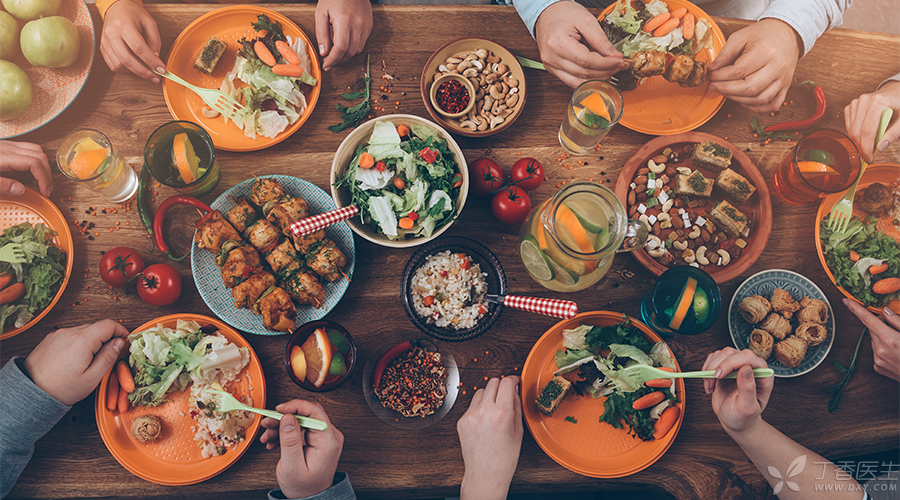
Everyone who has just started the cooking mode probably has a similar illusion.
My dishes must have been enchanted to change from red, orange, yellow, green, cyan, blue and purple to black.
At the moment when it was made, I’m afraid it was hard for me to accept it. It was so ugly that even the parents of vegetables could not recognize it.
Don’t be sad, learn these 9 tricks and move towards the road of chef.
The first move
▼
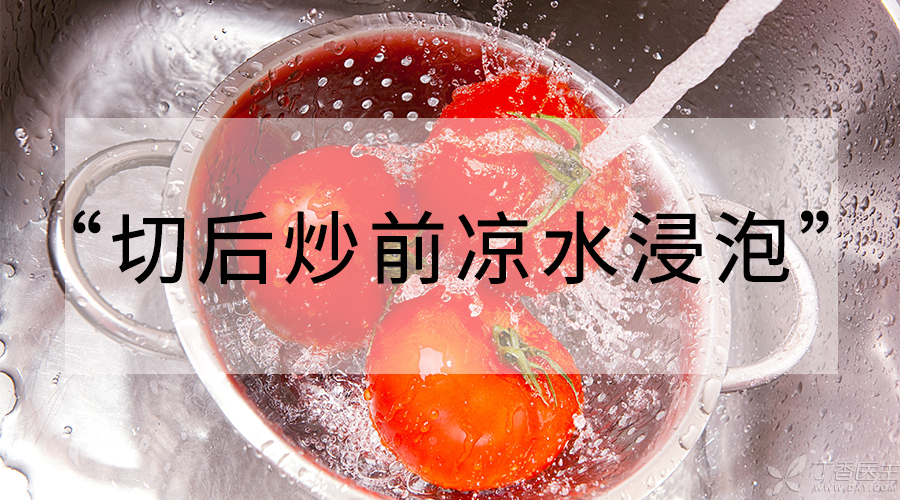
Such as potatoes, yams, lotus roots, eggplants… These foods are exposed to the air after peeling, and before they can feel their original color, they become… black…
This is because these foods contain polyphenol oxidase, which is especially prone to enzymatic browning once exposed to oxygen.
Therefore, isolating oxygen is the key. After peeling or cutting, it is good to soak in cold water or ice water immediately.
For ingredients that are not easy to change color, such as green leafy vegetables, there is no need to soak them.
The second move
▼
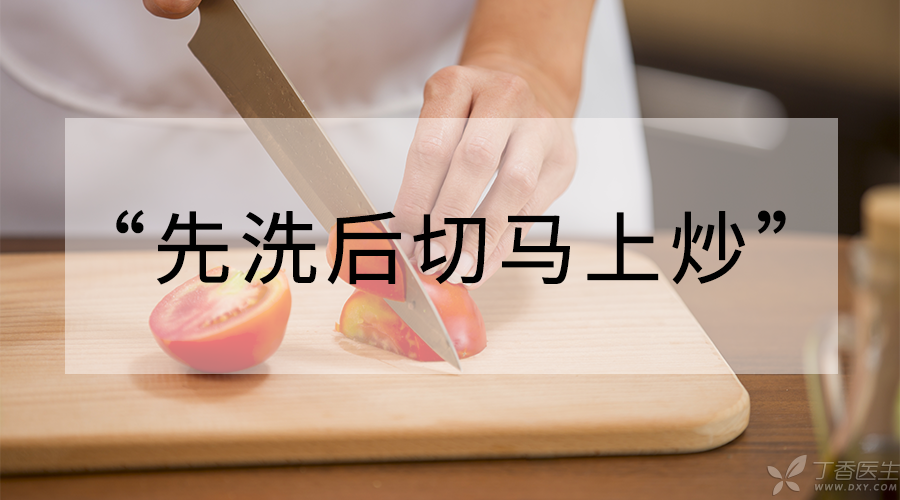
Although green leafy vegetables are not easy to change color, if cells are destroyed during storage, chlorophyll will irreversibly fade when exposed to oxygen.
Therefore, the vegetables must be washed before being cut, and fried immediately after being cut, so as to prevent the leafy vegetables from becoming dark when exposed to the air.
In addition, potatoes, yams, lotus roots and eggplants soaked in cold water are also fried as soon as possible. Although water can isolate oxygen, it is not absolutely isolated, and the enzymatic reaction is still proceeding tenaciously and slowly…
The third move
▼
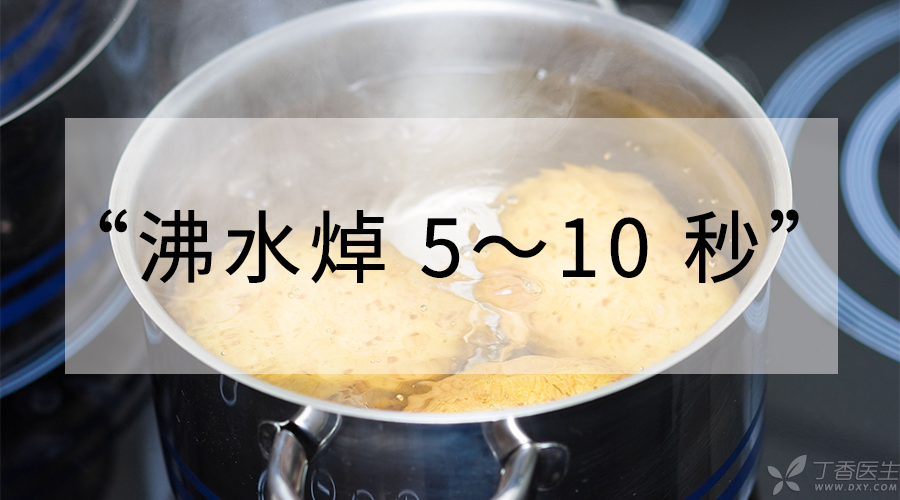
When blanching vegetables, don’t be afraid that too high a water temperature will make the vegetables wither and fade, so put the vegetables down in a hurry before the water is boiling.
In fact, the optimal temperature for chlorophyll-destroying chlorophyll chlorophyll enzyme is 60 ~ 82.2 C, that is to say, chlorophyll loss is most serious at this temperature.
However, the water temperature of 100 C can completely lose the activity of chlorophyll-destroying chlorophyll chlorophyll enzyme. At this time, the vegetables can be blanched.
Don’t stop blanching once, blanching will take 5 ~ 10 seconds. If it takes too long, it will still fall short.
This is because chlorophyll originally exists with protein in the form of chlorophyllin complex. During the heating process, chlorophyll will separate from protein to generate free chlorophyll, which is more easily destroyed by heat and enzymes, thus making leafy vegetables darker.
In addition, putting potatoes, yams, lotus roots and eggplants in boiling water at 70 ~ 95 C can also inactivate polyphenolic oxidase, which causes oxidation blackening. It is recommended to blanch in boiling water for 10 seconds.
The fourth move
▼
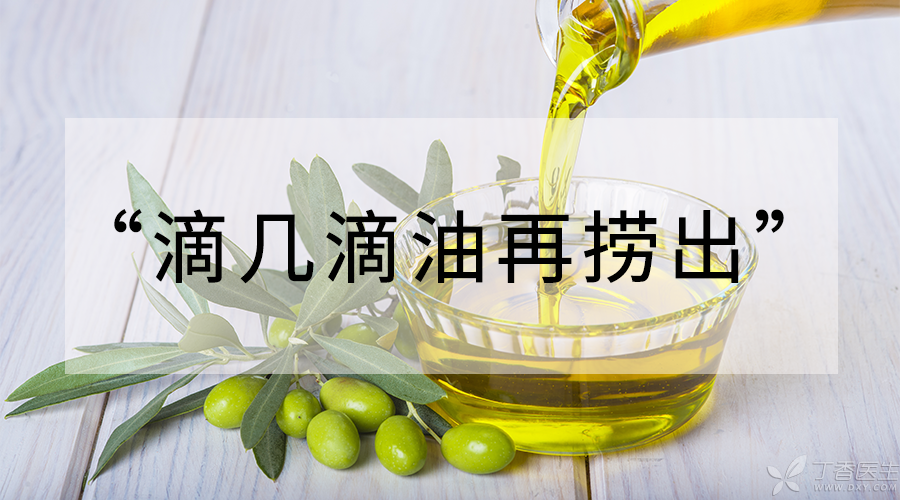
As boiling water blanching will destroy the cell structure, a few drops of oil before taking out can make the oil form a protective film on the surface of leafy vegetables, thus isolating air, thus slowing down the oxidation and fading of leafy vegetables.
Yam, potato and lotus root are also applicable.
The fifth move
▼
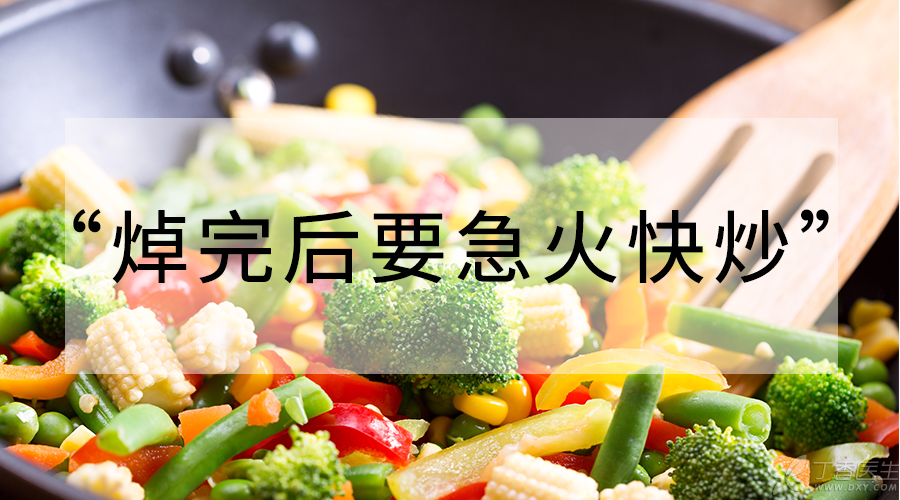
Prolonged heating time will increase chlorophyll destruction. Generally, green leafy vegetables blanched in boiling water are seasoned after being put into the pan and stir-fried for 2 minutes before being taken out of the pan.
For potatoes, yams and lotus roots, if they are cut into slices or shreds, in order to avoid oxidation and blackening, they should also be quickly fried after blanching in boiling water, usually for 2-3 minutes.
However, if it is steaming, boiling or stewing, you don’t have to worry too much about browning during cooking. After all, polyphenol oxidase at this time is basically destroyed by boiled soup or steam.
The sixth move
▼
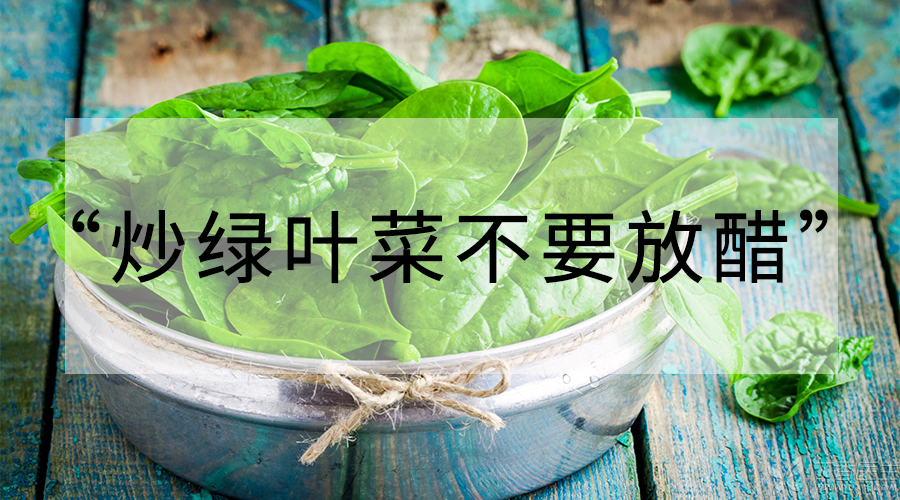
Chlorophyll is stable to alkali and unstable to acid, and irreversible reaction will occur when encountering acid, resulting in olive-colored pheomagnesia chlorophyll or dark olive-green pyropheomagnesia leaf green. Therefore, do not put acid when making green leafy vegetables.
As for alkaline water, it is also half a catty and eight taels. Although it will not fade leafy vegetables, it will destroy B vitamins.
The seventh move
▼
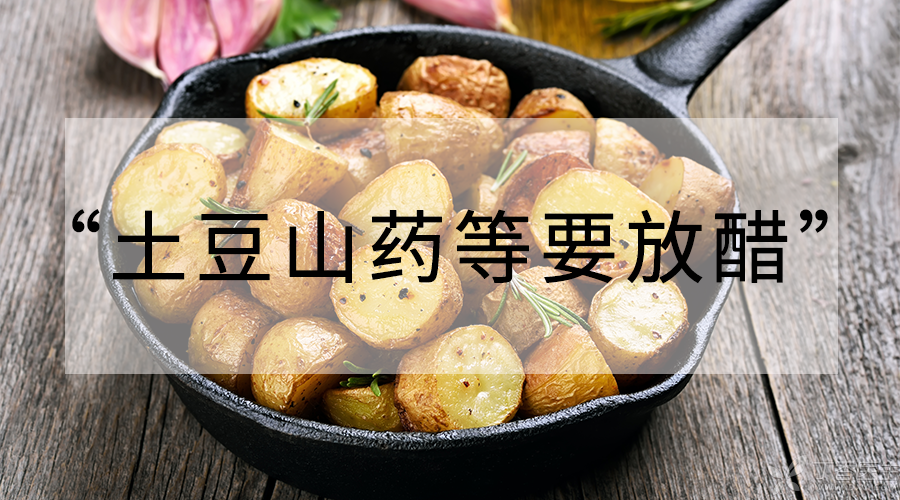
Although green leafy vegetables should not contain acid, potatoes, yams, lotus roots and eggplant can.
Acids can inhibit the activity of polyphenol oxidase, which is a good thing for potatoes, yams, lotus roots and eggplants.
When cooking, add vinegar or drop lemon juice, or stir-fry them with tomatoes containing organic acids, which can slow down the darkening of color.
The eighth move
▼
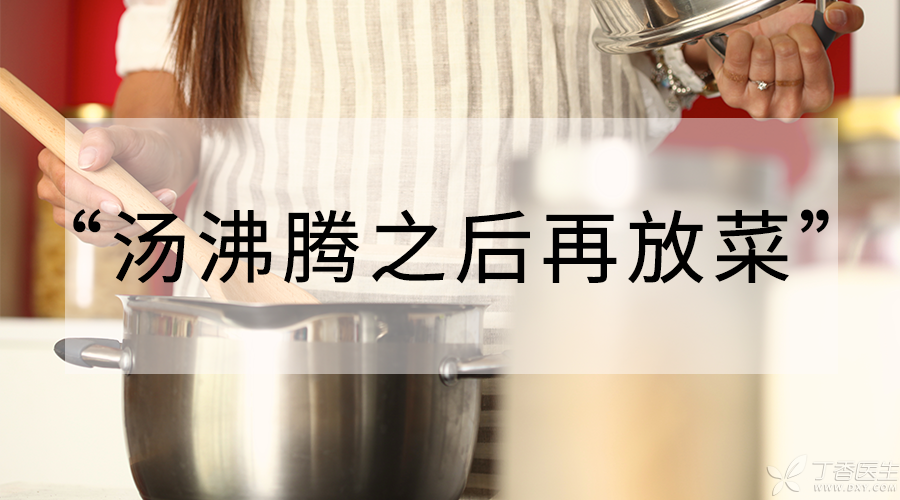
In order to shorten the heating time of chlorophyll in green leafy vegetables, it is suggested to open soup and serve vegetables.
Some vegetables contain oxalic acid, such as spinach, etc., which is easy to form calcium oxalate stones when eaten in large quantities.
Therefore, before this, prepare another pot of water and blanch the leafy vegetables in boiling water for 5-10 seconds to remove most oxalic acid.
The ninth move
▼
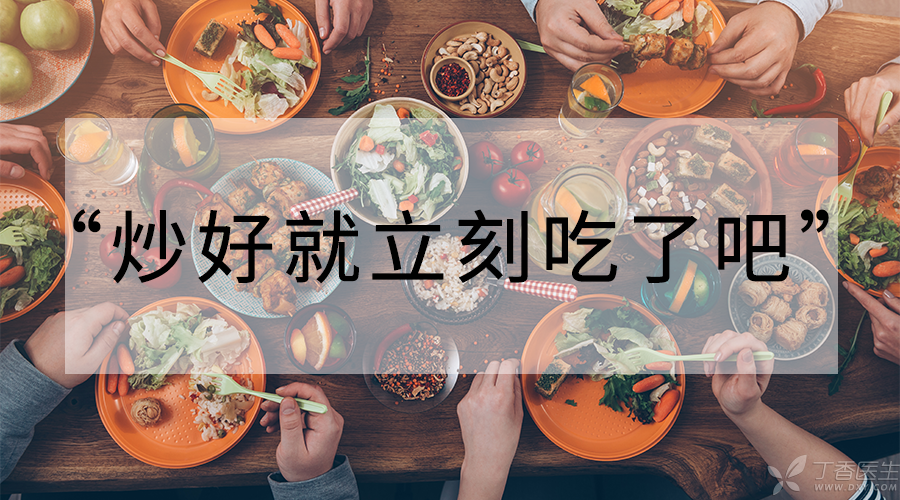
Although, not from the perspective of nutrition, everyone will do the same.
Ready-to-eat after frying can reduce the exposure time of vegetables to the air, reduce chlorophyll oxidation and fading, and also reduce nutrient loss and nitrite production.
